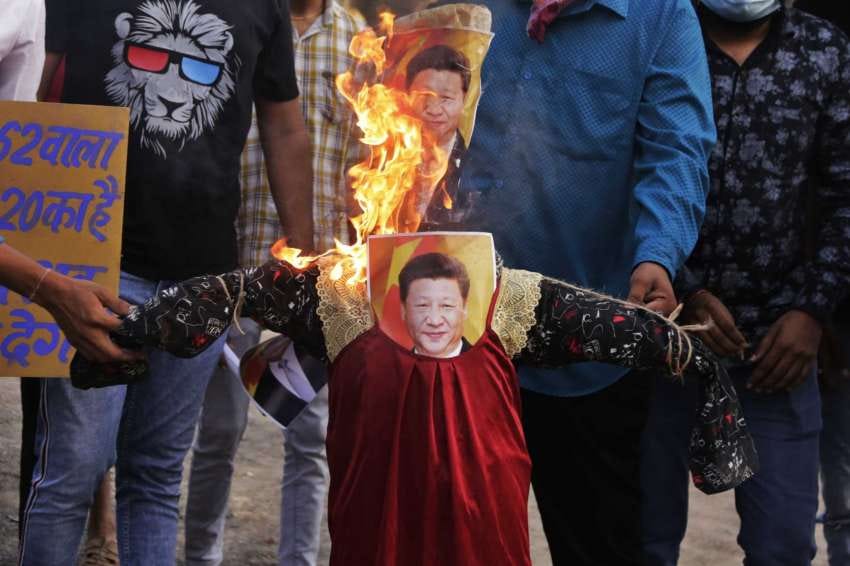India Can Ill Afford China Trade Boycott
Modi is urging self-reliance, but is India ready to limit economic ties with its regional rival?

By: Henry Burrows and Yigal Chazan
Following their Himalayan border confrontation last month, India looks to be shaping up for an economic battle with China, which it might regret given its reliance on Chinese goods and investment.
Since the fatal June 16 clash along the disputed frontier, which left 20 Indian troops dead, there have been loud public dema…
Keep reading with a 7-day free trial
Subscribe to Asia Sentinel to keep reading this post and get 7 days of free access to the full post archives.
